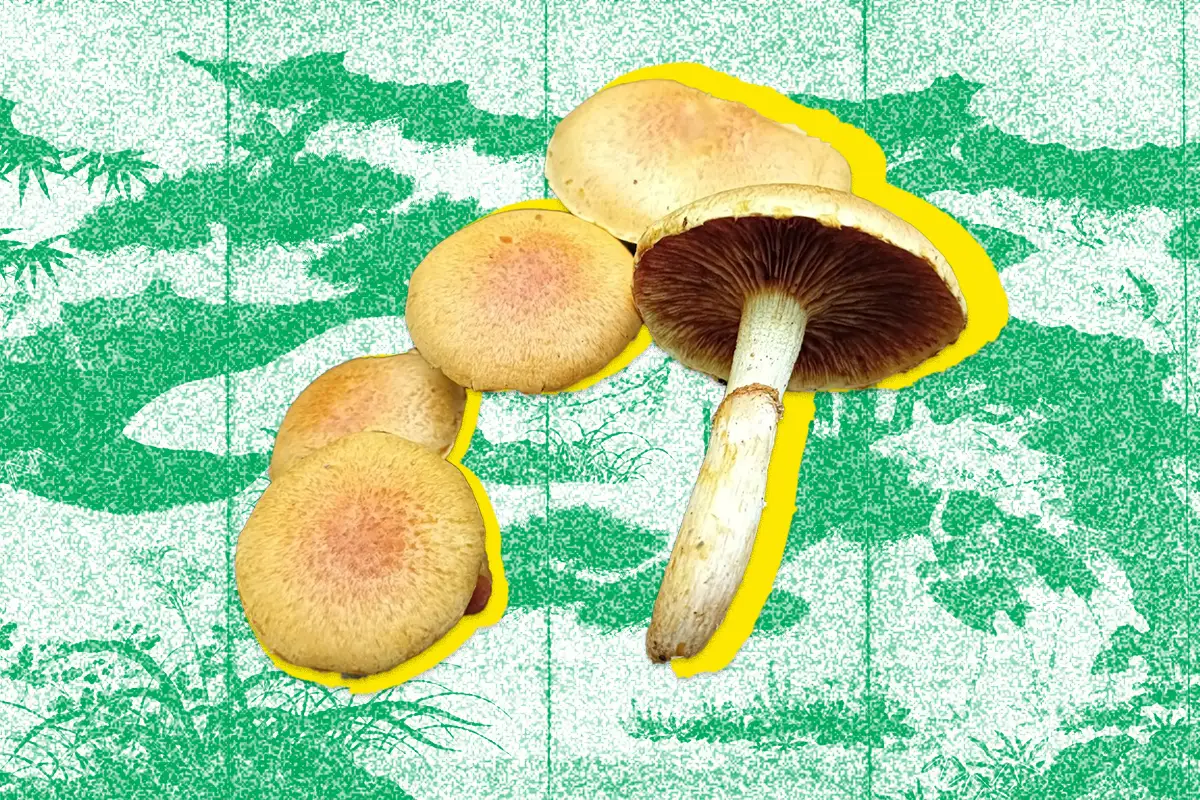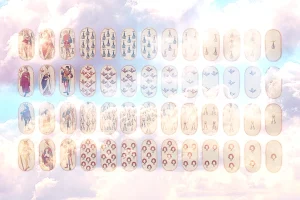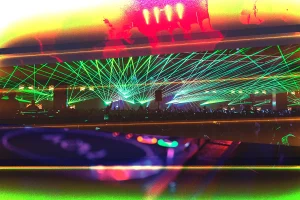Big Laughing Gym (Gymnopilus junonius)* is a mushroom that has confused mycologists and psychonauts for decades. In Japanese, the common name “waraitake” (laughing mushroom) or “ō-waraitake” (big laughing mushroom) is thought to stem from folk tales of encounters with these hallucinogenic mushrooms. However, studies of this species through the mid-to-late 1900s have reported an unreliable presence of psilocybin, with many researchers speculating why this might be the case.
Despite many previous mycological reports of G. junonius in North America, a recent 2020 genetic study of a number of Gymnopilus species has revealed that the true G. junonius may only exist in Europe, South America, and Australia. Mushrooms historically reported under this name in America are likely misidentifications of closely related species. These peculiarities indicate that Big Laughing Gym may represent what’s known in biology as a species complex—a collection of closely related wild mushroom varieties. This complex includes G. luteus, G. subspectabilis, G. ventricosus, or one of the newly discovered species, G. voitkii and G. speciosissimus. In Asia, the same genetic study discovered and named another closely related species, G. orientispectabilis.
Is Gymnopilus junonius Psychedelic?
Studies of European G. junonius, such as those from England, Germany, Switzerland, and The Netherlands, showed no presence of psilocybin, which seems to indicate that the authentic species of this name is not, in fact, psychedelic. However, there are lively debates about this mushroom’s psychedelic potential in historical chemical analyses of what we now know to be the G. junonius species complex: the presence of psilocybin seems to vary from patch to patch. Things become more straightforward to understand if we acknowledge that references to G. junonius before 2020 likely describe several different Gymnopilus species.
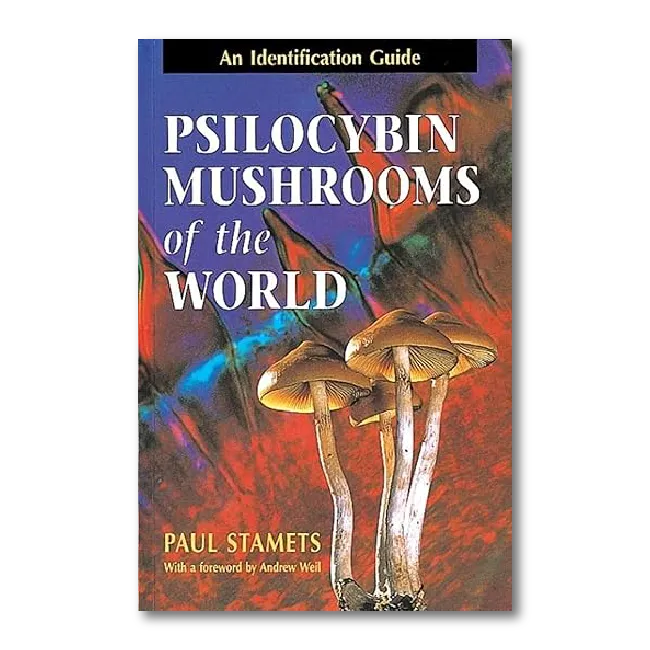
In Paul Stamets’ 1996 book Psilocybin Mushrooms of the World, Stamets claims that Dr. Andrew Weil and mycologist Gary Lincoff consumed some G. junonius from Central Park in New York and “experienced classic psilocybin-like symptoms.” Current genetic studies offer a possible explanation for this effect: the pair likely consumed G. luteus, G. subspectabilis, or the newly described G. speciosissimus—though whether or not the latter contains psilocybin is not proven.
Elsewhere in the USA, a 1978 chemical analysis study of Gymnopilus species found mixed results. Four out of thirteen G. junonius samples tested positive for psilocybin, with the authors suggesting there may be active and inactive subspecies of G. junonius, having found psilocybin in samples from the eastern USA and inactive samples from western states. Genetic work again provides a possible explanation. These active eastern samples might have been G. luteus, G. subspectabilis, or G. speciosissimus (if active), and the inactive ones G. ventricosus or G. voitkii.
In Japan, at least two studies have failed to detect psilocybin in G. junonius, one in 1981 and another in 1986. Despite this, the 1986 study also details that some locals had reported intoxication due to improper cooking despite not finding psilocybin. An article from 1971 called “Japan’s Laughing Mushrooms” also details several cases where intoxications from G. junonius eaten as food resulted in symptoms consistent with a psychedelic experience. Referring—again—to the 2020 genetic study, differences between G. orientispectabilis and other yet-undiscovered species may account for differences in chemical studies and toxicology reports.
How to Grow Shrooms Bundle
Take Both of Our Courses and Save $90!
Is Gymnopilus junonius Edible? Is Gymnopilus junonius Toxic?
As previous studies have shown, some communities in Japan prepare G. orientispectabilis and other potentially related species as food by boiling to remove the bitter taste. In the US, however, stories of accidental intoxications have been recorded, from people looking for edible mushrooms but accidentally consuming one of the active Gymnopilus species.
At least three US medical reports exist of people accidentally ingesting what we now know could have been several active Gymnopilus species and reporting what could be considered psychedelic effects. In 1942, a Cleveland woman enjoying the effects of accidental ingestion (reportedly) claimed that if this was the way one was supposed to die of mushroom poisoning, she was all for it. Another case from Massachusetts in 1966, describing three people having psychedelic-seeming experiences, found “no probable evidence of the presence of psilocin or psilocybin” but found other unknown chemicals of similar structure. A third case report from 1965 describes how an Ohio woman experienced hallucinations from eating uncooked mushrooms thought to be G. junonius.
Interestingly, the 1978 chemical analysis study reports the finding of psilocybin-containing mushrooms in the same locations as the three eastern US states mentioned in the case reports above. Thanks to modern DNA studies, we now know these latter samples were likely to be G. luteus, G. subspectabilis, or even the newly described G. speciosissimus (if discovered to be active). The study’s authors also questioned the lack of psilocybin detection in the Massachusetts case report, pointing to potential problems with the analytical method.
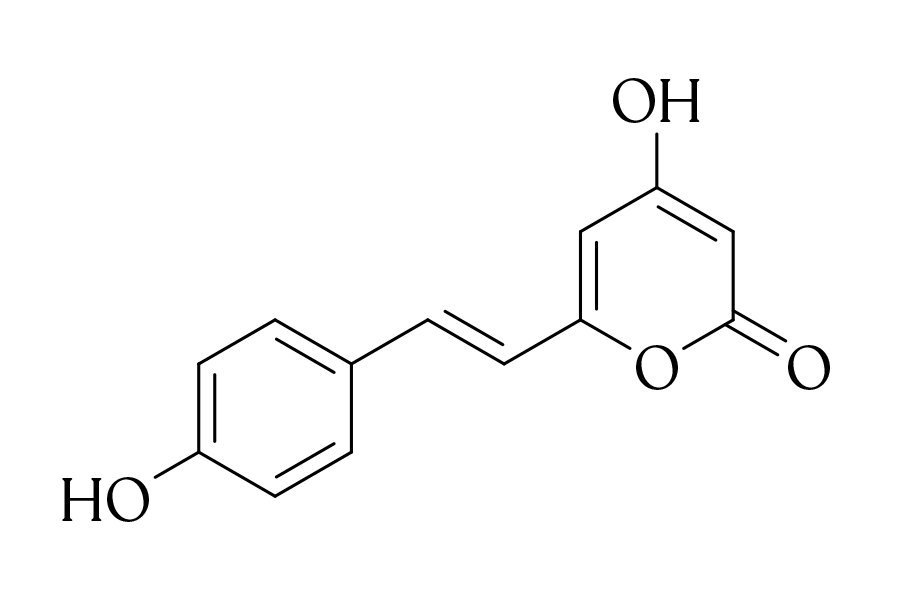
Scientists have also discovered other compounds in Gymnopilus mushrooms. A 1969 study found the presence of bis-noryangonin, a compound similar to one of the main active ingredients in kava, but it was later found to be inactive in animal studies. Other studies have found unique groups of compounds called gymnoprenols and gymnopilins, which are thought to be responsible for the often bitter taste associated with G. junonius and other species in the genus.
Why is it Called Laughing Gym?
The name Big Laughing Gym has emerged through an understanding of Japanese folklore and modern mycology. A medieval Japanese folk tale —conveyed in English in James Sanford’s “Japan’s Laughing Mushrooms” —tells the story of woodcutters, lost and hungry in the mountains. The woodcutters consumed the mushrooms offered to them by some intoxicated nuns. The woodcutters experienced the same symptoms: dancing and laughing. Those who’ve read our Hen of the Woods article might recognize this story as one of the first instances of the Japanese word maitake, meaning “dancing mushroom.” Sanford’s article (and the Japanese folk tale it references) suggests that the real culprit in this folk tale was a mushroom known in Japanese as “waraitake” (laughing mushroom).
Several Japanese mycologists report G. junonius as intoxicating, including Seiichi Kawamura, Rokuya Imazeki, and Tsuguo Hongo, writing in “原色日本菌類図鑑” “Genshoku Nihon kinrui zukan” (Colored illustrations of fungi of Japan). Imazeki and Hongo, in particular, write that “the victim of the poison becomes excited and is said to dance and sing and laugh as though crazy.” The other waraitake suspect from Sanford’s 1971 article, Panaeolus papilionaceus is now known not to contain psilocybin, suggesting previous toxicology reports may have confused it for some other species.
Laughing Gym Mushroom Effects
The true G. junonius found in Europe, South America, and Australia is unlikely to contain psilocybin. So, those eating this mushroom might just experience its bitter taste. But, suppose you forage some of the active Gymnopilus species. In that case, however, your experience may be similar to any psilocybin-containing mushroom trip. Though some consuming active Gymnopilus species have claimed the other alkaloids present in this group of mushrooms may cause an entourage effect that’s different from more common magic mushroom experiences, it’s an area that requires further study.
Gymnopilus junonius Potency
To date, no scientific studies have quantified psilocybin in G. junonius. Studies of other mushrooms in the genus have found 0.0031-0.0131% psilocybin for G. dilepis, 0.12% for G. validipes, 0.012-0.029% for G. liquiritiae and 0.34% for G. purpuratus. These data suggest that, as a genus, Gymnopilus mushrooms can reach up to half the potency of a typical Psilocybe cubensis, but many species may be considerably weaker.
How to Identify Gymnopilus junonius
As recent studies show, G. junonius is a difficult mushroom to identify at the species level. It is often confused with other closely related species without access to a microscope or DNA sequencer.
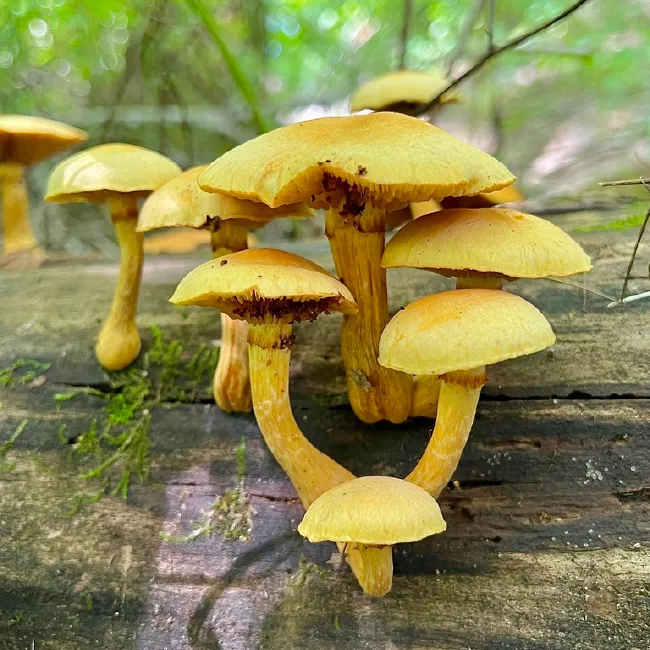
Key Characteristics
The following description might help you identify G. junonius and its closely related cousins. Still, guidance from a specialist is essential to get a precise identification.
The cap of this mushroom can grow up to around 12 inches (30 cm) across. It is umbrella-shaped but flattens with age. Younger mushrooms have a brighter yellow-orange cap, whereas older ones are duller brownish-orange. The cap appears dry but it is covered in hairy scales.
The closely packed gills are similarly colored to the cap and are narrowly attached to the stem. The stem itself can grow up to 10 inches (25 cm) long and two inches (five cm) thick. It is dull yellow to brownish-orange and usually narrows near the base. A thin annulus is attached to the top of the stem, which sometimes collects spores.
Spores
The spores of all Gymnopilus species are rusty orange.
Where to find Big Laughing Gym
This mushroom has been mistakenly identified historically. So, we’ve included some information on the areas where similar Gymnopilus species grow (and what’s known about their hallucinogenic properties) to help you get closer to the species you’re after.
- G. junonius: hardwoods (sometimes conifers) in Europe, South America and Australia. Inactive.
- G. voitkii: conifers of British Columbia, eastern Canada, and the US, but may have a broader geographical range. Activity unknown.
- G. ventricosus: conifers west of the Rocky mountains, may overlap with the western range of G. voitkii. Inactive.
- G. luteus: hardwoods of the eastern US and Canada. Active.
- G. subspectabilis: hardwoods of Quebec, Ontario, and Michigan, but may have a broader geographical range. Mycologist Alan Rockefeller claims this species contains psilocybin, but no published studies have verified this.
- G. speciosissimus: hardwoods of Quebec and Ontario, but may have a broader geographical range. Stains are blue-green, but the presence of psilocybin is not confirmed.
- G. orientispectabilis: hardwoods in Japan. Likely active. There may be additional closely related Gymnopilus species out in the Japanese woodland, with differing levels of psilocybin, but more research is needed.
Poisonous look-alikes
As well as being mistaken for other Gymnopilus species, those hunting for the big laughing gym can also confuse it with poisonous species such as the jack-o-lantern mushroom (Omphalotus olearius) or the deadly funeral bell (Galerina marginata). If in doubt, it’s best to avoid consuming this mushroom.
Growing Big Laughing Gym
Few people have cultivated this mushroom. Still, gymnopilus species can be grown on wood, like Psilocybe ovoideocystidiata, Psilocybe cyanescens, and Psilocybe allenii. Species in this genus have been grown both indoors in tubs and outside in beds.
*Formerly referred to as Gymnopilus spectabilis or Pholiota spectabilis in older research.
Interested in having a psychedelic experience, but don't know where to start? Get our definitive guide on trusted legal retreat centers, clinical trials, therapists, and more.
